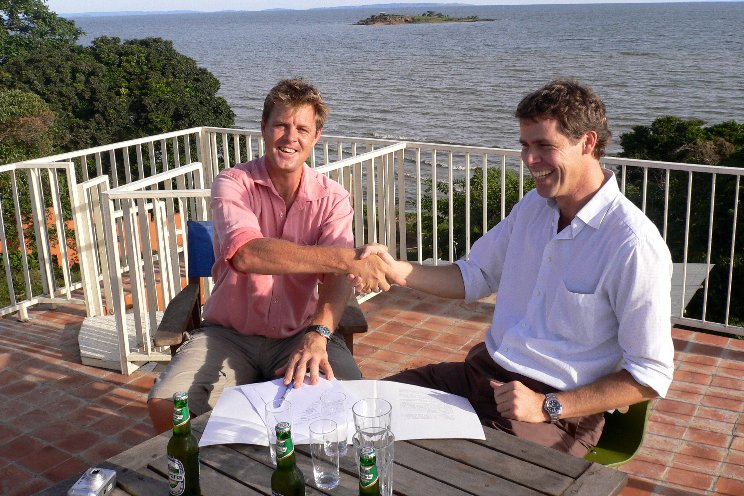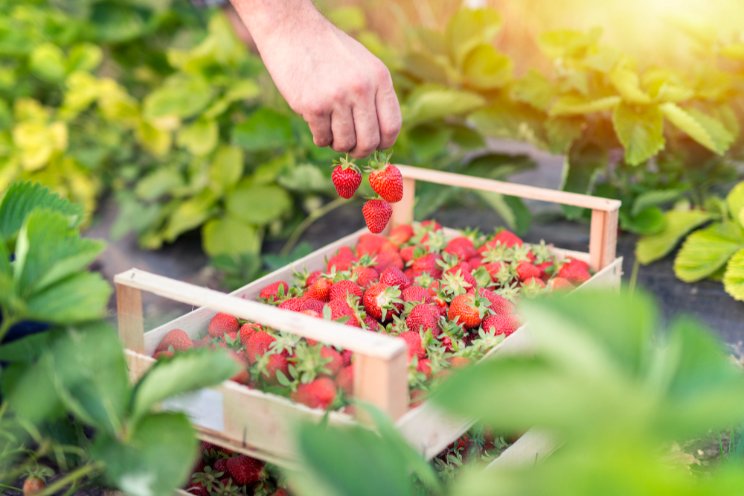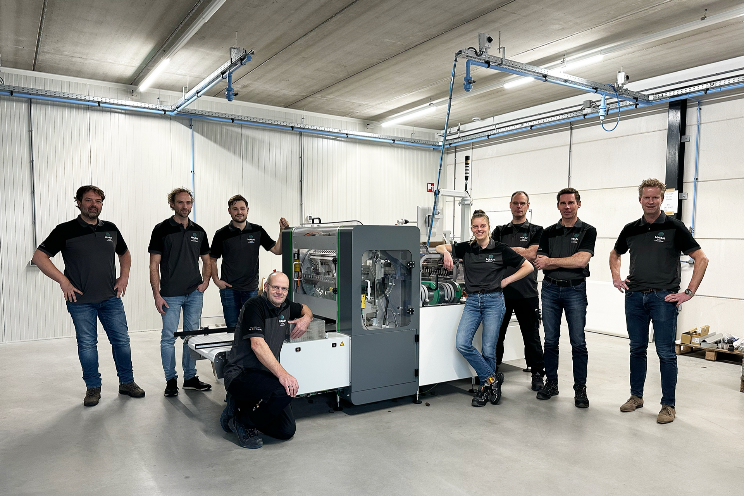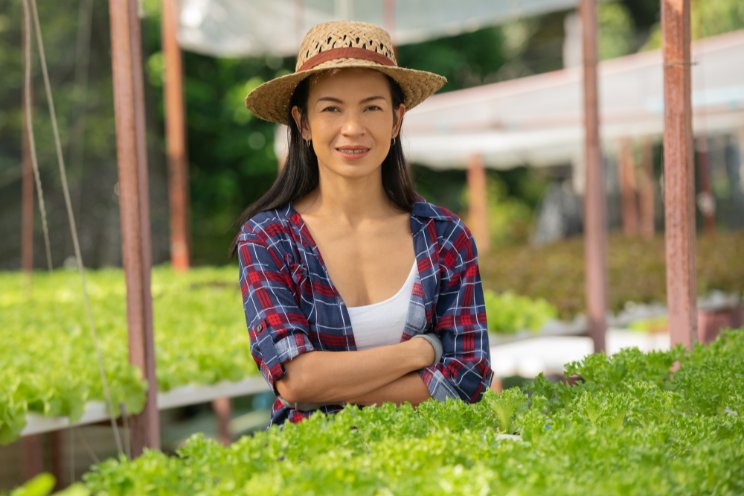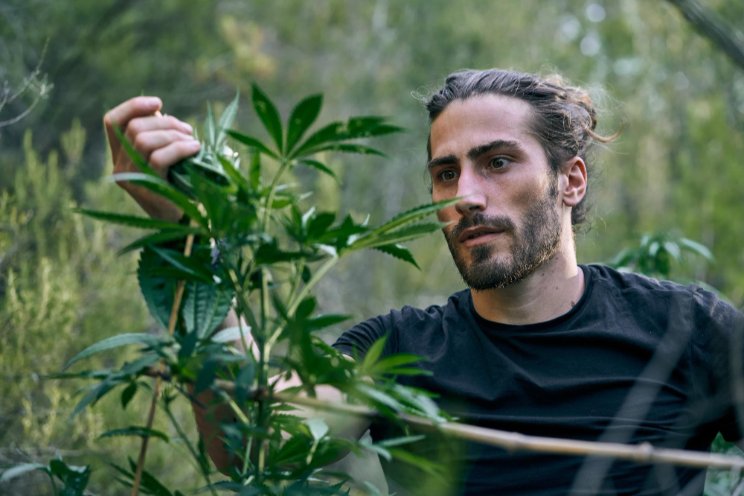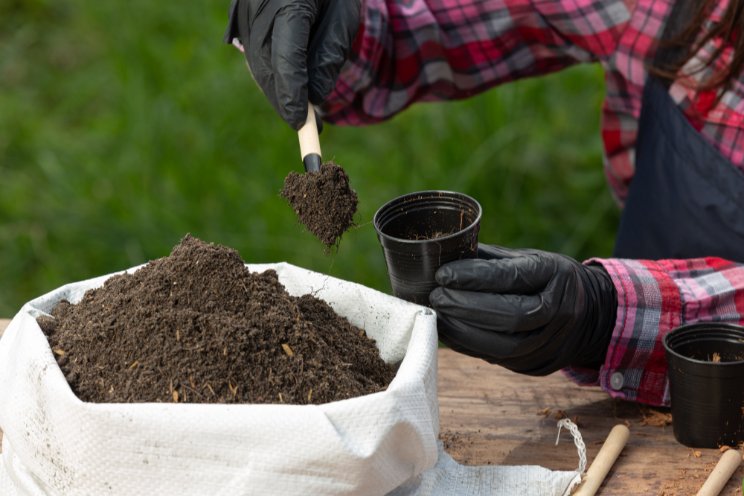"Countryside, The Future" opened on Feb 20
Added on 20 February 2020
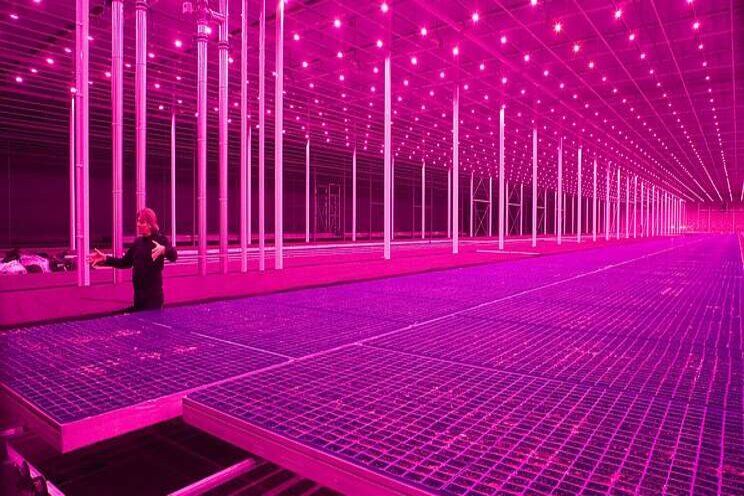

horticulture as problem solver
The exhibition aims to inspire visitors to this exposition to think about the importance of the countryside and show them possible solutions that are decisive for the future of our planet. Dutch horticulture shows how it provides solutions for global, societal challenges by always using nature as the starting point. The exposition in the Guggenheim Museum offers an unprecedented opportunity to tell the world that the production of healthy, affordable and sustainable food is already feasible.
private sector involvement
Various horticultural companies contribute substantially to Countryside, The Future. Right on 5th Avenue, in front of the Guggenheim Museum, a transparent vertical farming production-unit has been placed on the pavement in which healthy cherry tomatoes will be produced in a sustainable and efficient way. This unit was constructed by Infinite Acres, a joint venture between Priva and 80 Acres, in close collaboration with Rijk Zwaan, Hortilux-Schrčder/PL Lighting and Grodan.
Inside the museum, various objects symbolize the connection between nature on one side and the production of sustainable, affordable and healthy food on the other. Visitors will encounter a greenhouse built by BOM Group for the production of micro greens of Koppert Cress. The greenhouse is equipped with LED lighting of Hortilux-Schrčder/PL Lighting, a mini-Airobug and beehive of Koppert Biological Systems and micro-drones of PATS. A robot from the Priva Kompano Deleaf Line visualizes that the role of human labor will change by using robotization, A.I., Big Data and deep learning.
Thought Leaders Week
To create impact, the Dutch horticultural companies have joined forces in the foundation NethWork. In addition to the contribution to the exposition, other activities are being developed as well. NethWork is for instance also the organizer of the so-called Thought Leaders Week. During the final week of the exposition, from 10-14 August, renowned visionaries from the horticultural sector and beyond will meet and discuss how to involve and inform the world about sustainable, efficient and healthy global food production.
Source: Goedemorgen
More news
